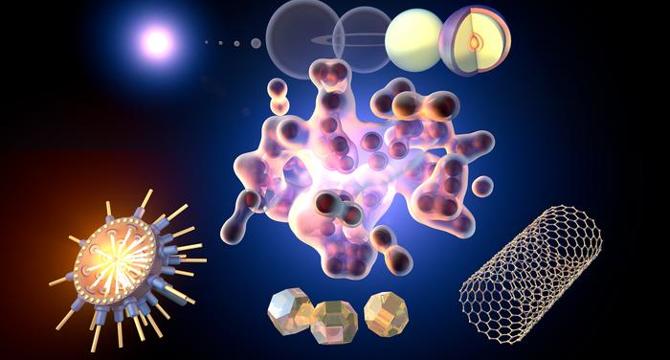Bioengineer
11h
122

Image Credit: Bioengineer
Liquid Carbon Structure Revealed for the First Time
- An international research team has experimentally measured liquid carbon's atomic structure for the first time, using high-power laser DIPOLE100-X and X-ray laser pulses from the European XFEL facility.
- Carbon's behavior in liquid form has long puzzled scientists due to its unique properties that require extreme pressures and temperatures to achieve a liquid state.
- Laser-driven compression techniques were used to briefly convert solid carbon samples into liquid form for ultrashort X-ray pulses to probe the atomic arrangement.
- The experiment revealed that liquid carbon's atomic structure resembles solid diamond, with each carbon atom maintaining four nearest neighbors.
- The study also provided precise data on carbon's melting point under extreme pressure, narrowing previous uncertainties and confirming theoretical models.
- Experimental data captured phase transitions from solid to liquid in nanoseconds, creating a dynamic 'movie' of carbon's transformation in real time.
- The successful collaboration between international institutions and advanced technologies paves the way for future research in planetary science, energy technologies, and condensed matter physics.
- The research tools employed, combining ultrafast lasers with X-ray diffraction capabilities, offer detailed insights into matter under extreme conditions, revolutionizing various scientific fields.
- Improvements in automation and data processing are expected to accelerate experiments, enabling real-time experimentation and broader exploration of materials and phenomena.
- The groundbreaking achievement signifies a significant advancement in science and technology, showcasing how cutting-edge instrumentation and collaboration can overcome once-impossible experimental challenges.
- The elucidation of liquid carbon's structure is set to contribute valuable insights to planetary geology, energy research, and condensed matter physics, enhancing our knowledge of matter at extreme conditions.
Read Full Article
7 Likes
For uninterrupted reading, download the app